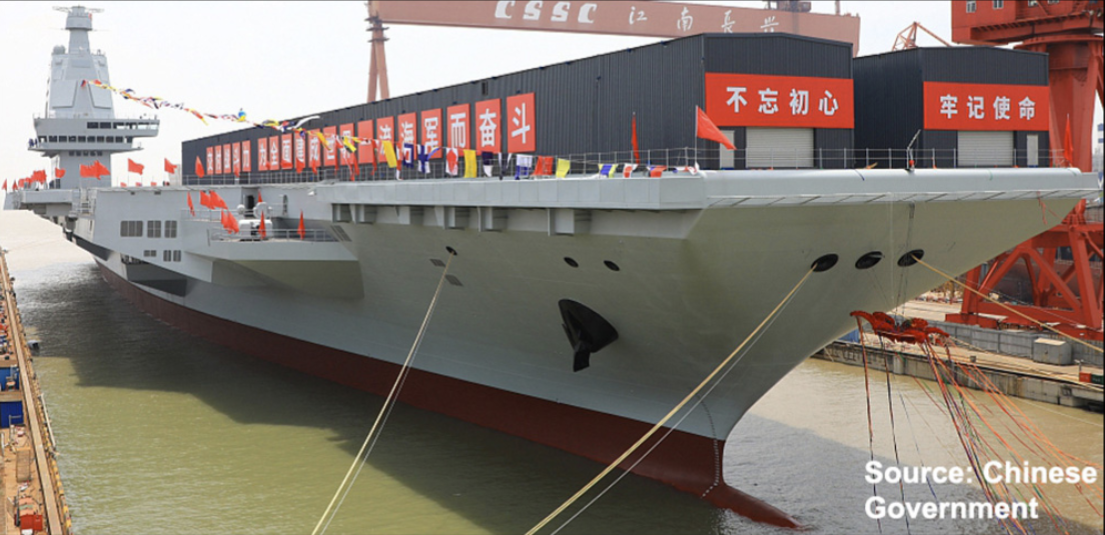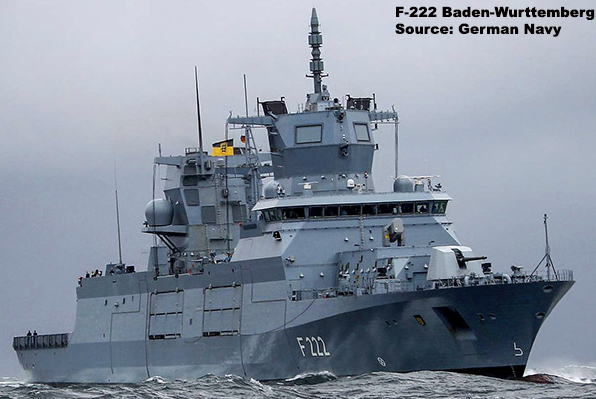What's New
Ukraine Signs Deal to Acquire 100 Rafale F4 Fighters from France
On Nov. 17, 2025 in Paris, Ukrainian President Zelenskyy and French President Emmanuel Macron signed a letter of intent for Ukraine to acquire 100 Rafale F4 fighter jets over the next decade. Neither country has disclosed a delivery schedule. The Rafale is a multirole fighter developed by Dassault to replace multiple legacy aircraft in French service, with land-based and naval variants fulfilling strike and carrier roles. Its design incorporates a delta wing with close-coupled canards, advanced flight controls, and stealth features, providing exceptional maneuverability and terrain-following capability.
PLA Navy Commissions Third Aircraft Carrier at Yulin Base
On Nov. 5, 2025, the People's Liberation Army (PLA) Navy officially commissioned the aircraft carrier FUJIAN (CV-18) at Yulin Naval Base in Hainan. The ceremony featured J-15 and J-35 fighters and KJ-600 AEW&C aircraft displayed on the FUJIAN's deck, and Chinese media noted that President Xi Jinping observed the carrier’s electromagnetic catapult system. The conventionally powered vessel uses four steam turbines, eight boilers, and four shafts to generate 220,000 hp (164 MW), supported by dual power systems, one for propulsion and another for onboard electrical needs. It employs a direct-current, medium-voltage setup with integrated electric propulsion and advanced sensors, including the Type 346 AESA radar with gallium-nitride technology. Reports suggest the ship could be converted to nuclear power in the future.
Germany Approves FuWES-M Program for Unified Naval Combat Systems
On Nov. 5, 2025, the German Bundestag’s Defense Committee approved the navy's Standardization of Maritime Command and Weapon Systems (FuWES-M) program to develop a unified combat management system for naval vessels. The system, based on Lockheed Martin’s CMS 330, will first be installed on BADEN-WURTTEMBERG-class ships. The class uses a combined diesel, electric, and gas propulsion system, delivering up to 40,000 bhp for speeds of 26 knots and a 4,000 nm range at 16 knots. This setup reduces fuel costs and allows 24 months of operation without maintenance. Armament includes RAM and Harpoon missile launchers, multiple guns for close-in defense, and a 127-mm main gun capable of firing Vulcano rounds up to 54 nm (100 km).
Check Out What Else is New
Updates this month include the Chinese 122-mm type 90, Chinese J-20 Black Eagle Japanese Type 12 SSM, South Korean KF-21 AESA Radar, Dutch Active Phased-Array Radar, and French 30-mm DEFA series.
Special Reports:
U.S. CCAs: Breaking Down the Field
Jon Hemler
Nov. 17, 2025
Recent months have produced a blur of activity in the Collaborative Combat Aircraft (CCA) market segment, most notably with developments related to the Air Force’s CCA or drone loyal wingman program. CCAs are large, typically group 5, semi-autonomous UAS that share similar performance characteristics with crewed fighters and will operate alongside, enhancing mission capabilities and adding relatively affordable mass to fleet force structures.
While the CCA acronym belongs to U.S. Air Force efforts, the term is becoming more ubiquitous as related initiatives take shape. CCA efforts across the globe are making progress, causing a shift in resources and attention toward the rapidly changing landscape.



